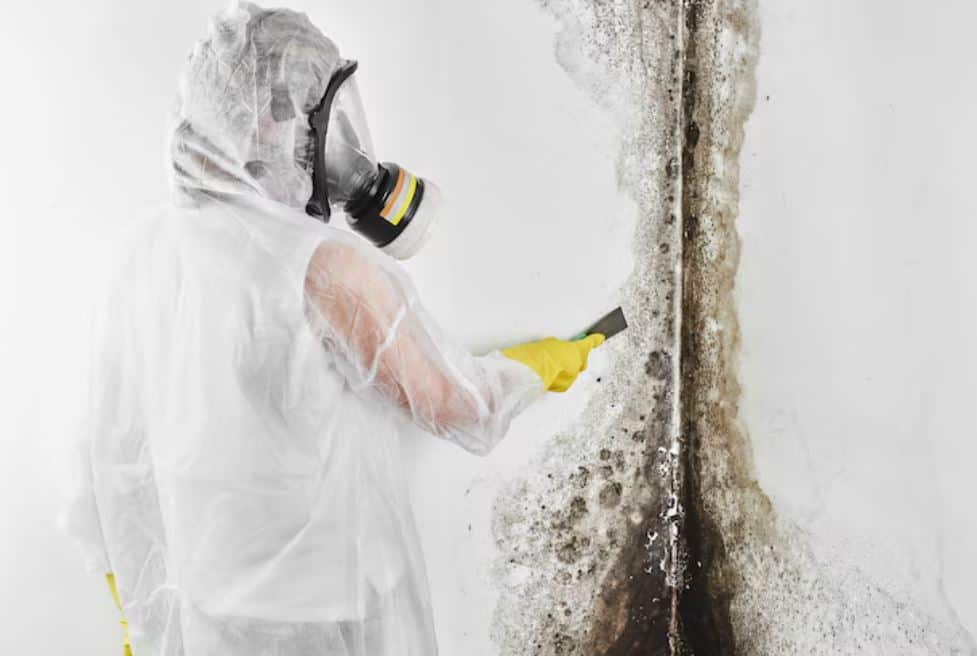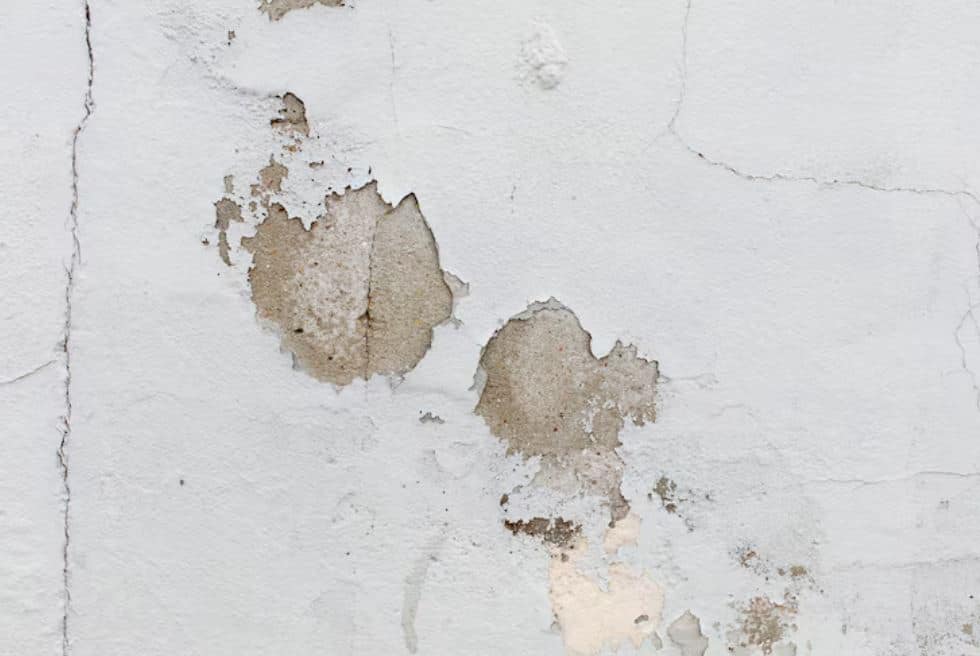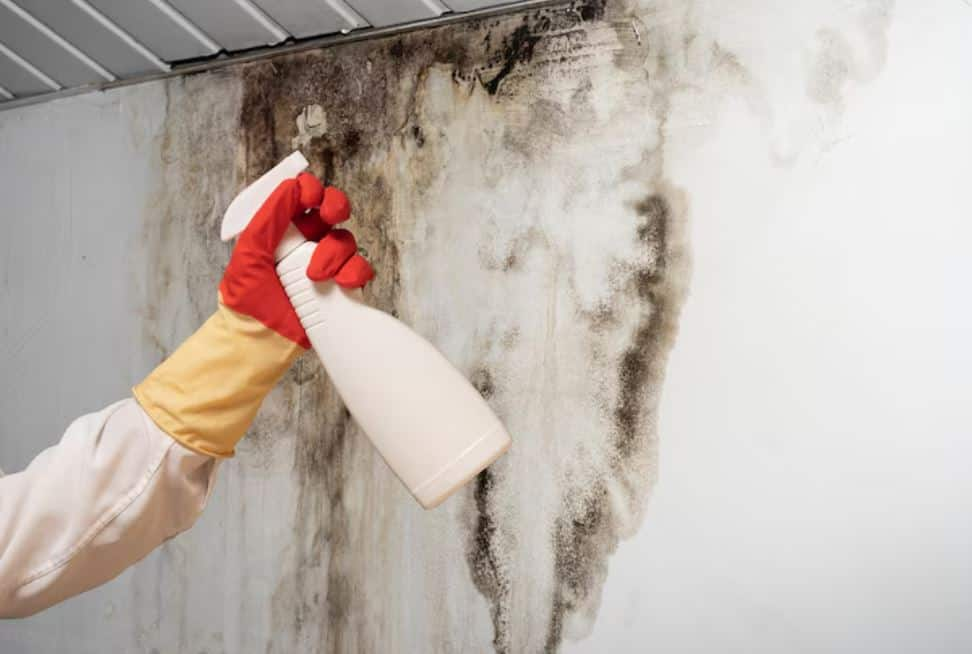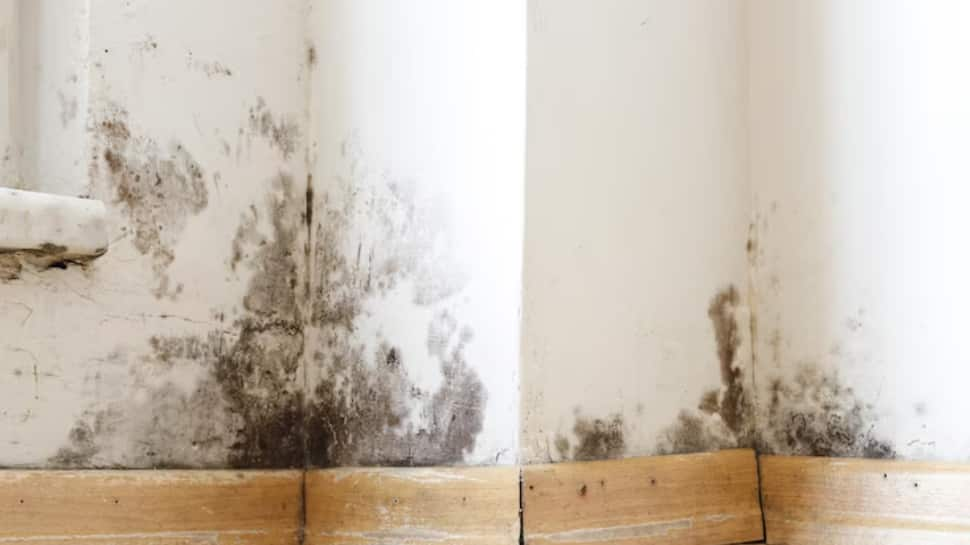You may not see it, but if you smell something musty or feel constantly tired, mold might be the invisible culprit. From irritating your lungs to weakening your immunity, mold isn’t just gross, it’s dangerous. This silent invader thrives in moist corners and can affect everything from your skin to your brain. Here’s how mold could be silently hurting you and what urgent steps you must take to fight back.
1. It Can Damage Your Respiratory System
One of the most immediate effects of mold is on your lungs. Breathing in mold spores can cause coughing, wheezing, throat irritation, and even asthma attacks—especially in kids and seniors. Long-term exposure could worsen chronic conditions like COPD.
2. Triggers Allergies and Sinus Issues
Even if you’re not asthmatic, mold can trigger allergy-like symptoms such as sneezing, runny nose, itchy eyes, and skin rashes. Mold allergies can mimic seasonal allergies, but they often linger all year round.
3. Weakens Your Immune System
Mold spores contain mycotoxins, harmful substances that can suppress immune response over time. This leaves your body vulnerable to infections and makes it harder to recover from illness.
4. Worsens Brain Fog and Fatigue
Ever feel constantly tired or mentally foggy for no reason? Mold exposure may be behind it. Some people report brain fog, memory issues, and mood changes due to neurotoxic effects from certain mold types like Stachybotrys chartarum (black mold).
5. Can Disrupt Sleep Patterns
Mold-related breathing difficulties, headaches, or low oxygen levels due to inflammation can affect sleep quality. You may find yourself waking up tired, even after a full night’s sleep.
6. Affects Skin Health
Persistent mold exposure can trigger eczema, rashes, or fungal skin infections. Your skin may become hypersensitive to irritants, especially if you’re already dealing with allergies or weakened immunity.
7. Harmful for Gut Health
Mycotoxins from mold don’t just affect lungs, they can also harm the gut lining. This disrupts your microbiome balance, leading to digestive problems like bloating, cramps, and irregular bowel movements.
8. Puts Pregnant Women and Babies at Risk
Mold exposure during pregnancy has been linked to developmental issues in babies. Infants and toddlers are especially vulnerable, as their immune systems and lungs are still developing.

9. Can Be a Hidden Cause of Headaches
Constant headaches or migraines with no apparent cause? Mold exposure could be the missing link. Inhaling mold toxins regularly may inflame sinuses and trigger neurological symptoms.
How to Check for Mold in Your Home?
1. Smell Test: Musty or damp odours are a red flag.
2. Visual Signs: Look for black, green, or white patches on walls, ceilings, and under sinks.
3. Humidity Check: Homes with over 60% humidity create the perfect breeding ground.
4. Condensation: Foggy windows or constant dampness? Mold might be thriving nearby.
5. Professional Testing: If unsure, call a mold inspector for air and surface testing.

What You Can Do Immediately
1. Fix Leaks: Address any plumbing or roof leaks right away.
2. Ventilate: Use exhaust fans in bathrooms and kitchens.
3. Use a Dehumidifier: Keep humidity levels under 50%.
4. Clean With Vinegar or Hydrogen Peroxide: These natural solutions kill mold spores effectively.
5. Toss Contaminated Items: Moldy carpets, mattresses, or clothes may need to go.
6. Call Experts: For large infestations or toxic black mold, hire certified mold remediation professionals.
Mold might be small, but the damage it causes is anything but. From respiratory issues to brain fog and fatigue, it silently chips away at your well-being. Don’t wait for symptoms to worsen, start inspecting, cleaning, and protecting your space today. Prevention, awareness, and prompt action are your best defense.

FAQs
1. How can mold affect your health?
Mold can trigger allergies, respiratory issues, and chronic fatigue.
2. Where is mold commonly found at home?
Bathrooms, basements, kitchens, and areas with water leaks.
3. What are early signs of mold exposure?
Sneezing, coughing, skin rashes, and eye irritation.
4. Can mold grow without visible signs?
Yes, mold can thrive behind walls, under carpets, and more.
5. How do you get rid of mold at home?
Fix leaks, improve ventilation, and use mold-killing cleaning agents.
(This article is meant for informational purposes only and must not be considered a substitute for advice provided by qualified medical professionals.)

